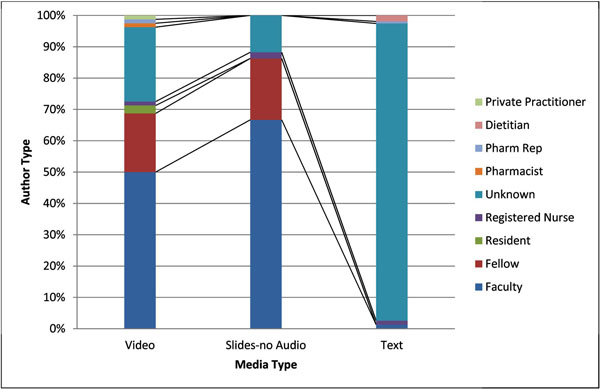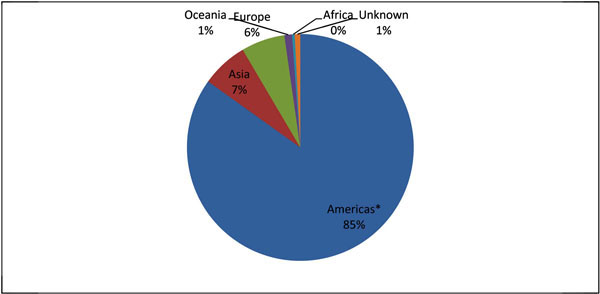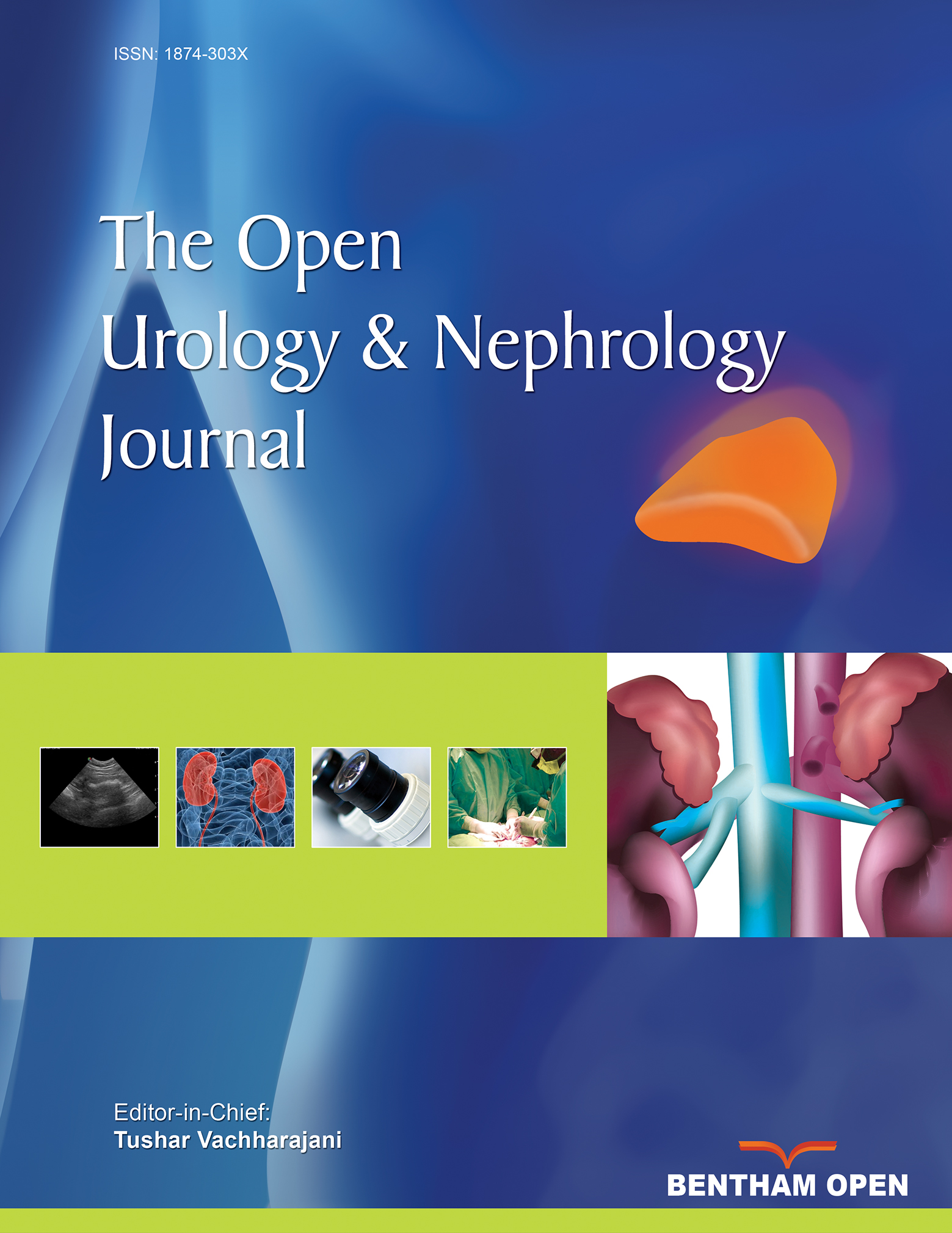All published articles of this journal are available on ScienceDirect.
Nephrology “e” Learning Made “e” asier
Abstract
Healthcare providers (HCPs) are increasingly turning to internet-based resources for learning and acquiring new skills and fulfilling the requirements for continuing medical education (CME) credits. Current nephrology-specific websites offer content but with varying degrees of user-friendliness. One such website, Nephrology On-Demand, has been developed to provide evidence-based content with four important user-friendly features. (http://www.nephrology ondemand.org). These include: 1) multimedia resources and diversity in authorship, 2) automated surfing, 3) mobile device access, and 4) open access materials.
Given the time-constraints placed on HCPs today, providers need to discern websites that will most likely provide the information for which they are searching. Websites that offer user-friendly features can help providers sort through online information quickly and effectively.
INTRODUCTION
Healthcare providers (HCPs) are increasingly turning to internet-based resources for learning and acquiring new skills and fulfilling the requirements for continuing medical education (CME) credits [1, 2]. Internet-based learning offers a number of advantages over traditional learning environ-ments. Information is available at all times and HCPs can learn when it is most convenient for them [3, 4]. Several sites, such as UpToDate, the American Society of Nephrology Learning Center, and Hypertension, Dialysis, and Clinical Nephrology (HDCN.com) offer nephrology HCPs online access to evidence-based medical information (Table 1). However, simply posting medical information online does not educate the largest number of HCPs. Successful teaching websites are those that incorporate technical features that make the site user-friendly [5]. Current nephrology-specific websites offer content but with varying degrees of user-friendliness. Making content acces-sible in the most user-friendly format is a critical step in teaching any online learner [5]. One such website, Nephro-logy On-Demand, has been developed to provide evidence-based content with four important user-friendly features. (http://www.nephrologyondemand.org).
Features of Popular Nephrology-Focused Websites
| Nephrology- Focused Websites | URL | Multimedia Resources | Authorship Diversity | Automated Surfing | Mobile Access | User Access Fees | HONcode Certification |
|---|---|---|---|---|---|---|---|
| Nephrology On-Demand | http://www.nephrologyondemand.org | Yes | Yes | Yes | Yes | No | Yes |
| ASN Learning Center | http://www.asn-online.org/education_and_meetings/distancelearning/learning-center.aspx | Yes | No | No | No | Yes | No |
| Hypertension, Dialysis, Clinical Nephrology (HDCN) | http://www.hdcn.com | Yes | No | Yes | No | Yes | No |
| Renal Fellows Network | http://renalfellow.blogspot.com | No | No | Yes | Yes | No | Yes |
| UKidney | http://www.ukidney.com | Yes | No | Yes | No | No | No |
| Wikikidney | http://wikikidney.org/index.php/Main_Page | No | Unclear | No | Yes | No | No |
| History of Nephrology | http://historyofnephrology.blogspot.com/ | No | No | No | No | No | No |
| Nephron Power | http://www.nephronpower.com/ | No | No | Yes | No | No | No |
| Pediatric Nephrology | https://www.pediatric-nephrology.com/index.php | Yes | No | No | No | No | No |
| Clinical Cases Nephrology | http://clinicalcases.org/2005/07/nephrology-cases.html | No | No | Yes | Yes | No | No |
| Global Kidney Academy | http://www.gkaonlineacademy.com/ | Yes | Yes | No | Yes | No | No |
FEATURE 1: MULTIMEDIA RESOURCES AND DIVERSITY IN AUTHORSHIP
HCPs are a diverse group of individuals, each having unique learning preferences and learning backgrounds. Not all providers will learn in the same manner. Certain learners prefer text-based resources, while others prefer video or audio formats [3]. Moreover, HCPs differ in their levels of training. As a result, teaching material authored by one group may not resonate with learners of lower (or higher) training levels. Websites that uniformly offer content in one format (e.g., text), and/or that are authored by only one group (e.g., fellows/residents) are less likely to educate all learners. Nephrology On-Demand balances teaching formats and authorships by providing information in text, audio, video, and slide formats from multiple author groups. As a result, HCPs are likely to find information presented in a manner that helps them learn the best. Fig. (1) shows the distribution of Nephrology On-Demand teaching resources by format and author.

Teaching content by author group and format.
FEATURE 2: AUTOMATED SURFING
Caring for kidney patients is increasingly complex and time consuming. As a result, HCPs may not have the time to surf the web, or even a single website, for educational content. Automated surfing, through Really Simple Syndication (RSS) feeds, allows feed readers to sort and organize clinical content on behalf of the learner [6]. As an example, the Nephrology On-Demand RSS feed organizes content by time, topic, author, and read/unread status. In addition, RSS feeds of multiple websites can be combined, which can dramatically decrease the time spent searching for content. By decreasing the time needed to find content, RSS feeds allow HCPs to spend more time learning. Feed readers are free, easy to install, and easy to use [7].
FEATURE 3: MOBILE ACCESS
HCPs are a unique group of online learners because they are always “on-the-move”. Unlike other professionals, the responsibilities of HCPs do not center on an office, desk, or computer terminal. Rather than access medical content at fixed positions in the hospital, clinic, or dialysis unit, HCPs need medical content to follow them. Mobile websites are those that specifically offer content through mobile devices/smartphones [8]. These websites are designed to provide a similar teaching experience as traditional desktop sites, but conform to the limitations present in mobile devices [8]. One such example is Nephrology On-Demand Mobile (NOD-mobile) [9]. NOD-mobile provides complete access to content through any type of mobile device. It utilizes screen size and resolution effectively, requires a conservative amount of battery power, and is compressed such that it does not exhaust storage space. Fig. (2) shows the distribution of mobile use to NOD-mobile.

NOD-mobile visits by region. *Of the visits to the Americas, 79% were from the USA, 4% from Canada, and the remainder from Central and South American nations.
FEATURE 4: COST
Many educational sites require a subscription fee for unrestricted access to its contents [10]. Sites that charge user fees have not been shown to provide better quality educational material than those that do not. However, such paid sites can prohibit a number of HCPs from accessing content [11]. Free websites are more accessible to learners, but are often subsidized by pharmaceutical-industry grants or advertisements. In the case of the former, users must be aware of potential conflicts-of-interest or biases that can be incorporated into teaching content. Moreover, ad-supported sites often distract learners from educational content through popup ads and elaborate eye-catching animations. In order for HCPs to focus their attention on learning and away from distracters, these obstacles need to be eliminated from websites. The Health on the Net Foundation (HON) helps learners identify websites that offer objective quality health information with limited or no distracters. In addition, the HON Foundation evaluates websites on an 8-point code ethics scale [12]. Websites that meet these ethical criteria are given the HONcode certificate, which is prominently displayed on their home page. This certificate informs HCPs that the site provides objective medical information with the least bias.
In the digital age, many providers will begin their initial searches of medical information online. The results of such searches will be a large number of websites. Given the time-constraints placed on HCPs today, providers need to discern websites that will most likely provide the information for which they are searching. Websites that offer user-friendly features can help providers sort through online information quickly and effectively. As a result, HCPs can spend less time searching for and more time learning from online teaching resources. Further study is need to determine specific user-friendly website features that provide the greatest yield of desired information in the least amount of time.
CONFLICT OF INTEREST
None declared.
ACKNOWLEDGEMENTS
None declared.


